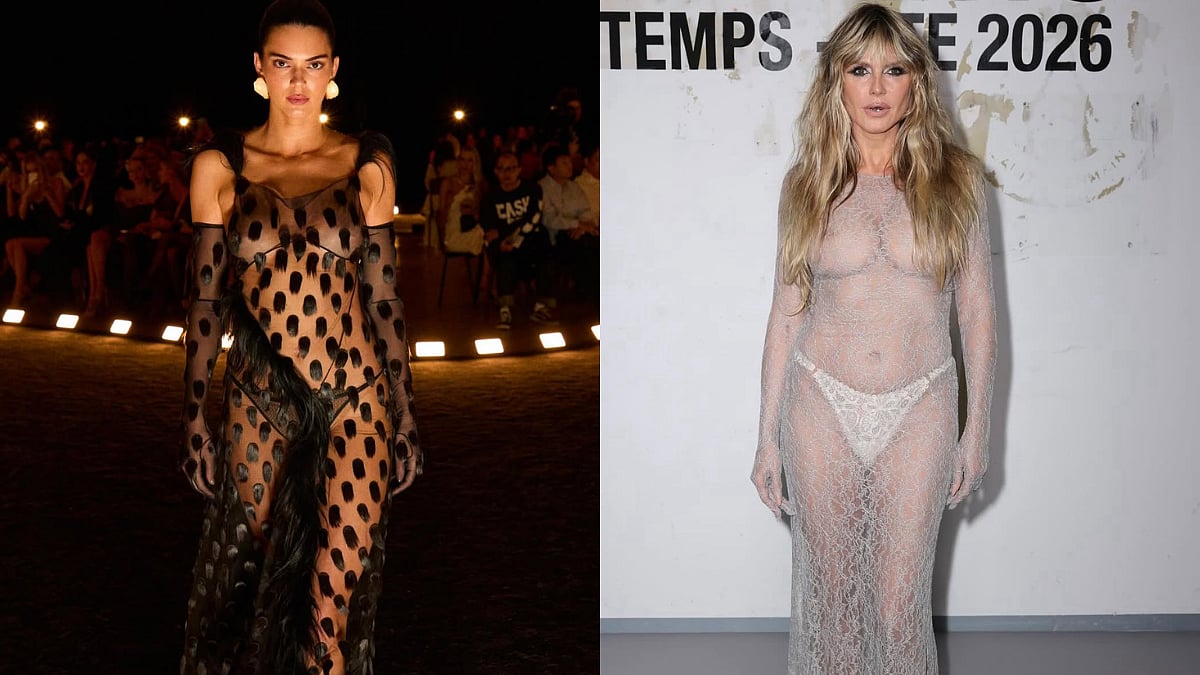After the lavish celebrations of Diwali, the festival of Chhath Puja is marked by fasting and prayers. This is when Mumbai's Bihari community make a mark on the city's festival calendar.
The four-day festival will be celebrated between the evening of November 17 and 20, the first day being the sixth one after Diwali.
Sunset gathering at Girgaum Chowpatty
The biggest gathering will be at Girgaum Chowpatty at sunset on Friday, but there will be crowds of worshippers at Madh Island, Juhu, Dadar Chowpatty, Sion Talao and over a hundred other spots in the city. The puja can be done wherever there is a natural water body like a river, pond or a well that can offer a setting for prayers and offerings to the sun.
Tradition, mythology, and fasting
Manoj Singh Rajput, spokesperson for the Bihar Foundation, explained that the word 'Chhath' is derived from 'Shashti', an incarnation of Devi. "Shashti Devi is the goddess for children and that is the reason why those who want children pray to her. The festival is also called the Surya Shashti Vrat," said Rajput.
The festival is intrinsically linked to the Hindu epics, the Ramayan and the Mahabharat. It is believed that Draupadi observed fasting on these days to pray for the success of the Pandavas who were exiled from their kingdom by cousins. It is also believed that Sita was blessed with twins after prayers during this period.
Many believers do a water fast during the second day. After the calorie-rich meals of Diwali, Chhath Puja festival is marked by satwik food which avoids strong flavors and stimulating ingredients
The festival is most popular in Bihar, eastern Uttar Pradesh and Bengal, especially because it is believed that Karna, the king of Anga, now a part of Bihar, observed the austere practices of the festival. While Chhath Puja is Bihar's biggest annual celebration, it is only in the last few decades that the event has acquired visibility in Mumbai, courtesy of city politicians of Bihari origin who have used the festival to nurture their constituencies.
U K Singh, secretary of Bihar Association, said that the festival began in Mumbai in the early 1950s when a group of seven or eight people gathered at Juhu beach to pray to the sun. "My father-in-law U V Singh gathered a few people for the festival. He had started the Bihar Association. The festival was not an organised event at that time. After 1980 other Biharis set up groups to celebrate the festival," said Singh.
Sanjay Nirupam, a former Member of Parliament from Mumbai, said that when came to the city to start his career he went home to Bihar during the Chhath Puja. "I realised that I could not do this forever and in 1998 I organised the festival at Juhu beach. Initially, it was difficult to make people understand what the festival was about," said Nirupam who set up the Bihari Front as a forum for to organise the festival.
By 2001, the Juhu event was a success. "The festival has been celebrated in Mumbai since the 1950s, but it got a boost only after 2000 when politicians created groups to organise the festival on a large scale. Bihari singers and Bhojpuri actors started coming to the city for the festival," said Rajput.
Another person responsible for making the festival an important event in the city, according to Rajput, was Samprada Singh, the late founder and chairman emeritus of city-based Alkem Laboratories whose Bihar Association promoted the festival in Mumbai.
Political rifts emerge over festival permissions
Singh rued the fact that the festival has become a competition between political parties. "Because Biharis have different political affiliations a cultural occasion has been converted into a political event," said Singh.
The political rivalry over the celebrations was visible when a Chhath Puja organiser in Kandivali's Lokhandwala township alleged that permission granted to them for the festival by the Brihanmumbai Municipal Corporation was withdrawn at the behest of ruling coalition.










